10 Best Shower Wall Materials: 2025 Guide (With Pictures)
-
Ed Malaker
- Last updated:
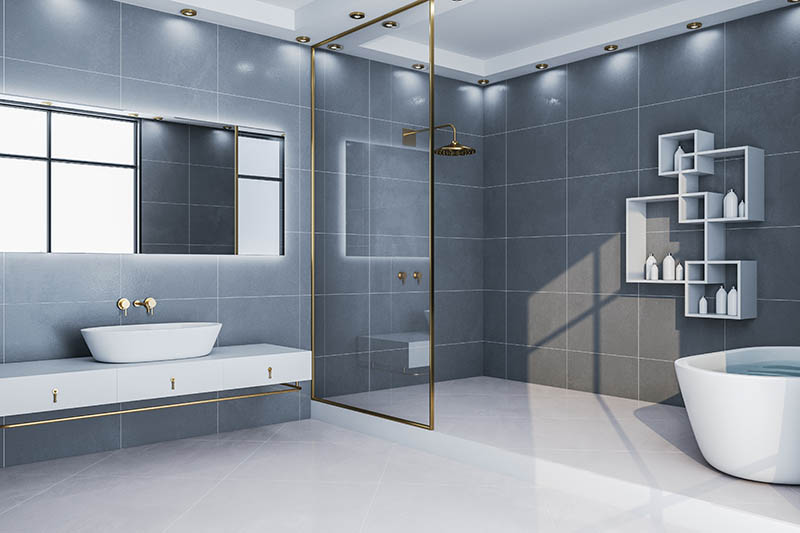
Replacing your bathroom shower wall can be a great way to remodel your home to improve its overall appearance, or it may be necessary if you are experiencing a leak or water damage. One of the first steps in remodeling is choosing the type of wall material, as many options are available. If you are wondering which material is best, keep reading as we list the most common options and the pros and cons of each to help you make an informed decision.

The 10 Best Shower Wall Materials
1. Ceramic Tiles
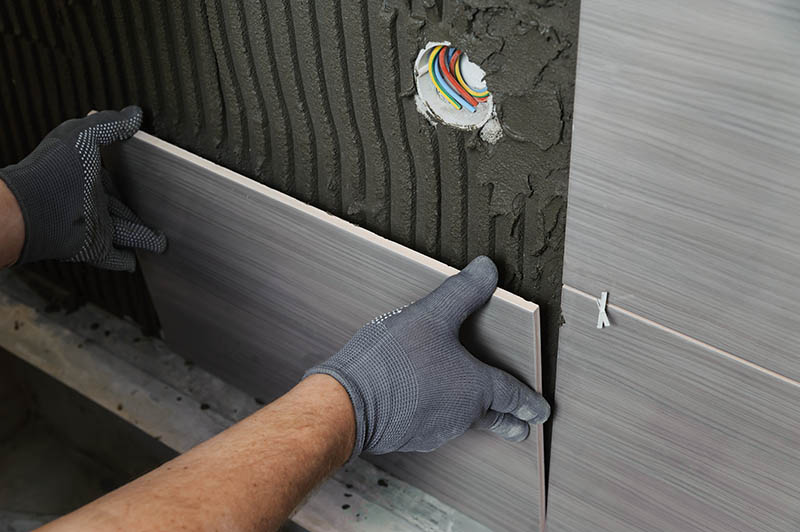
Ceramic tiles are one of the most common wall materials in the home. These large tiles require less grouting and are easier to clean than many other options. You can also find many different patterns and textures to achieve the appearance that you are after without spending much money.
The downside to ceramic tiles is that they look old-fashioned to many people and are difficult and time-consuming to install, requiring many people to hire a contractor. You also need to be careful when purchasing ceramic tiles to ensure that they have a waterproof coating so they are safe to use in the shower.
- Inexpensive
- Durable
- Easy to clean
- Available in many colors and patterns
- Old-fashioned appearance
- Difficult installation
2. Porcelain tiles
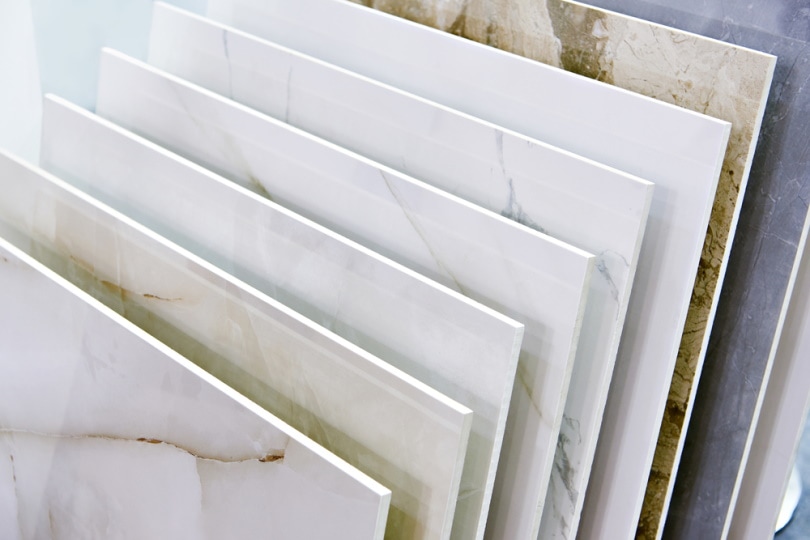
Porcelain is a common material to use in a bathroom, especially in the shower, as it’s naturally more water-resistant than ceramic. These tiles are available in many colors and patterns, and despite their delicate appearance, they are quite strong and durable, so they will last many years and be easy to clean.
The downside to porcelain tiles is that they can be difficult to install. They’re also more expensive than ceramic and many other wall materials and can be slippery when wet, so you need to choose a textured type if you intend to use it on the floor.
- Naturally water resistant
- Available in many colors, patterns, and textures
- Durable
- Expensive
- Difficult installation
- Slippery when wet
3. Natural Stone tiles
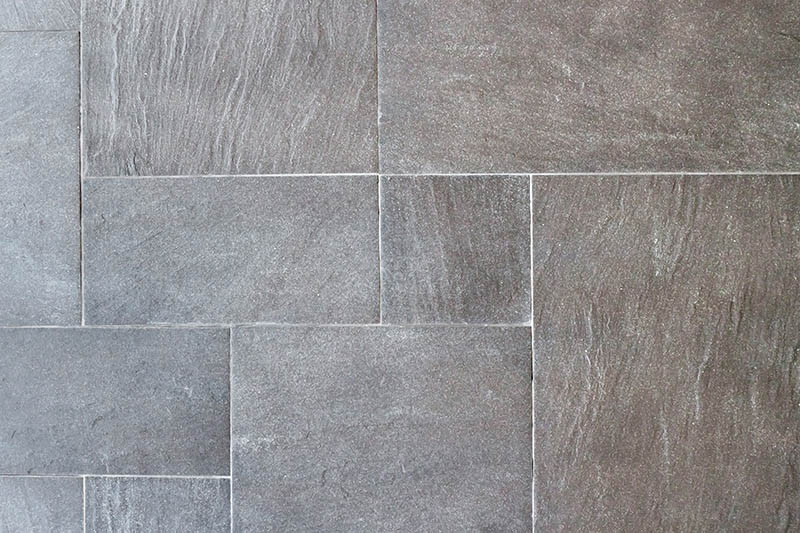
Natural stone tiles are not as common as ceramic or porcelain ones, but they can help increase the resale value of your home and provide a natural appearance to your bathroom walls. Many people choose this option in luxury homes.
The downside to natural stone tiles is that they can be extremely expensive and hard to find. Since they are so heavy, you will likely need to hire a contractor to install them, and most are not water resistant, so you will need to apply and reapply a sealer to prevent damage.
- Can increase the value of your home
- Extremely attractive natural look
- Materials can be hard to acquire
- Expensive
- Require sealing
4. Glass Tiles
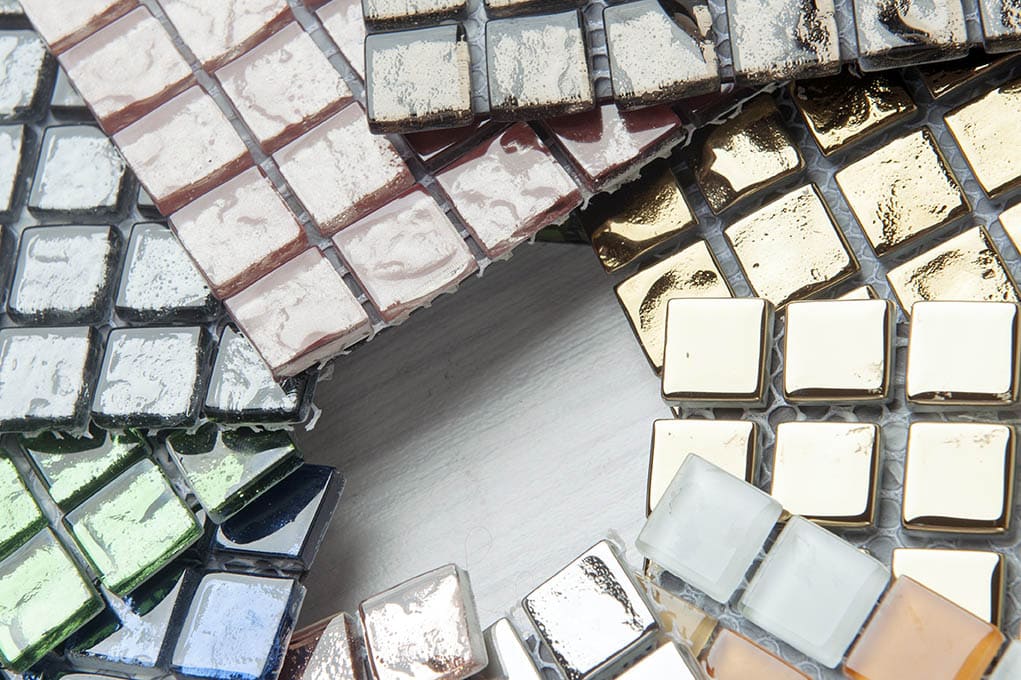
Glass tiles are ideal for bathroom walls because they are completely waterproof, so you won’t need to worry about water damage. They look great, are available in many colors, and help make the bathroom look bigger and brighter. They’re also easy to clean, and mold and mildew usually don’t grow on them. Another advantage of glass tiles is that many brands use recycled glass as an environmentally friendly solution.
The downside to glass is that it can be expensive and usually requires professional installation. You also need to worry about inexpensive brands that can be thin and brittle.
- Waterproof
- Available in many colors
- Environmentally friendly
- Easy to clean
- Mold and mildew resistant
- Expensive
- Requires professional installation
5. Acrylic and Fiberglass Walls
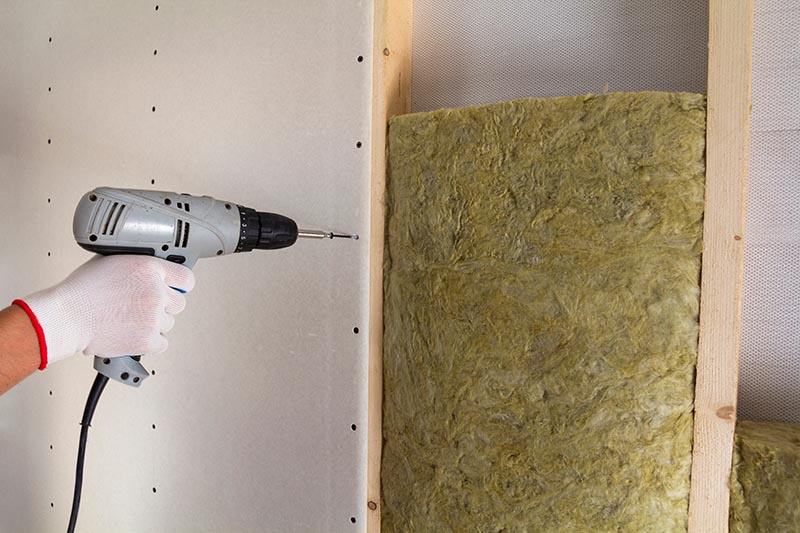
Acrylic and fiberglass walls are great because they can be installed quickly and are waterproof, with no leaky seals or bad grout leading to water damage. There are many colors and patterns available, and the walls have a smooth glassy appearance that’s easy to clean.
The downside to acrylic and fiberglass walls is that they can look cheap compared to other options, and the thin walls are flimsy. They’re also not as environmentally friendly as many other options.
- Quick, easy installation
- Easy to clean and maintain
- Can look cheap
- Thin walls are flimsy
- Not environmentally friendly
6. Single-Sheet Plastic Walls
Single-sheet plastic walls are similar to acrylic and fiberglass walls in that they can be installed quickly. The resulting surface is waterproof and easy to clean, and many people can DIY the project to save on labor costs, so you can get a new bathroom appearance without breaking the budget.
The downside to single-sheet plastic walls is that they can look cheap and be difficult to transport and get into your bathroom due to their large size.
- Waterproof
- Easy to install
- Easy to clean and maintain
- Looks cheap
- Not easy to transport to your home
7. Laminated Wall Panels
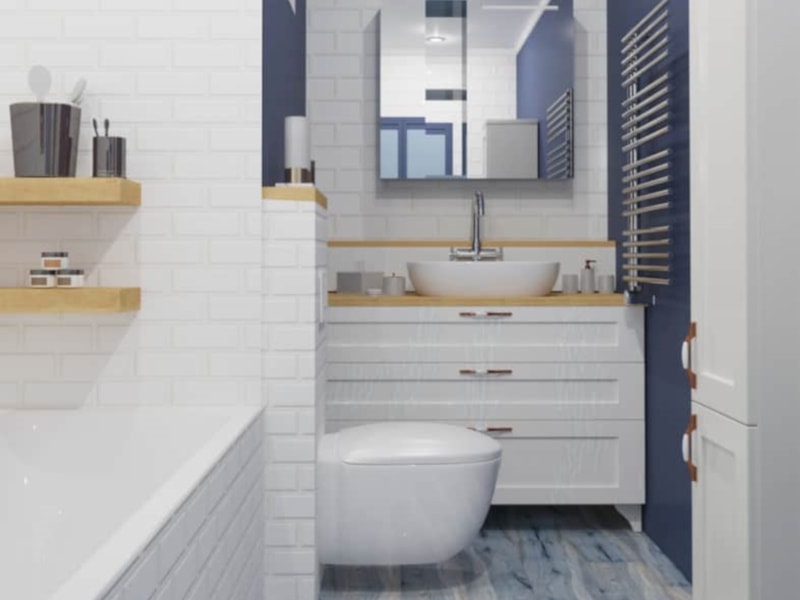
Laminated wall panels are the middle ground between tiles and large sheets of wall covering. They’re easy to install yourself and are available in many colors and patterns, including an authentic stone or tile appearance. The result is also easy to clean.
The downside to laminated wall panels is that they can be quite expensive, and you will need to cut the tile using a circular saw or jigsaw. The panels are also heavy, so they can be costly to ship and hard to carry.
- Easy to install
- Available in many colors and patterns
- Easy to clean
- More expensive than most other options
- Heavy
- Panels need to be cut with a saw
8. Vinyl Wallpaper
Vinyl wallpaper has more color and pattern options than the other materials on this list, and it’s fairly easy to install. It’s also inexpensive and durable, providing a water-resistant barrier that is easy to clean and resistant to mold.
The downside to vinyl wallpaper is that you will need to wipe it down after you shower to keep it dry, so the moisture doesn’t cause the wallpaper to peel away. Otherwise, mold and mildew can grow behind the seams.
- Inexpensive
- Easy to install
- Many color and pattern options
- Subject to peeling
- Requires constant maintenance
9. Beadboard
Beadboard is easy to identify because it has long boards with raised beads or indentations between each plank. Manufacturers traditionally make it from pine, and adding a vinyl coating has helped it become more popular for the bathroom. It looks like wood but won’t warp, and it is water resistant and easy to clean and prevents the growth of mold and mildew.
The downside to beadboard is that it can be hard to find, especially ones with a vinyl coating, and it can also be more expensive than most other options.
- Easy to clean
- Natural wood appearance
- Mold and mildew resistant
- Water resistant
- Expensive
- Hard to find
10. Solid Surface Wall Panel Kits
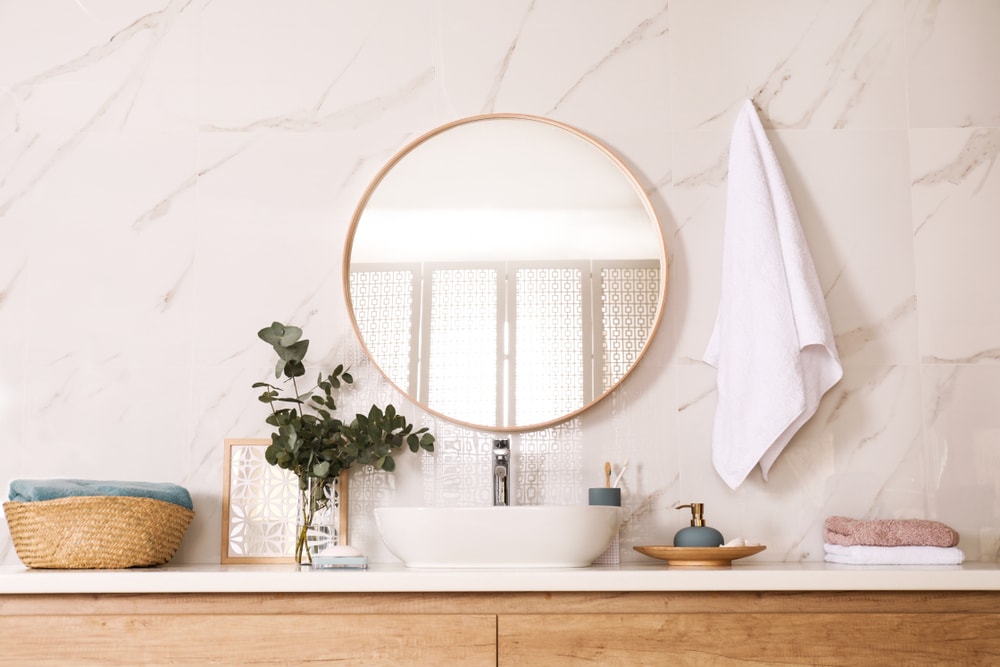
A solid-surface shower wall panel kit is a prefabricated wall that will transform your bathroom in just a few hours. Many sizes and configurations are available to fit any home, and you can purchase one-piece units. In many cases, you won’t need to remove any of your wall material, and there are several color and pattern options.
The downside to these wall kits is that some kinds are extremely expensive, and most require a professional installation. These units are also difficult and costly to repair if you damage them, and some can even lower your home’s value.
- Quick installation
- Many sizes and configurations to fit any home
- Can install over existing wall materials
- Cost prohibitive
- Difficult to repair
- Requires professional installation
- Can lower your home’s value

Summary
You can choose from many different materials when installing new walls in the bathroom and shower. We recommend single-sheet plastic, acrylic, or fiberglass walls if you want something inexpensive and simple to install. The large panels are waterproof, resistant to mold and mildew, and easy to clean. If you don’t mind putting a little elbow grease into the installation or paying contractors, we recommend glass or porcelain tiles because they are durable, look attractive, and protect you from water damage. If you are on an extremely tight budget, choose vinyl wallpaper, and if you want to change the appearance of your bathroom without removing any existing materials, the solid-surface shower wall panel kit is the perfect solution.
Featured Image Credit: Golden Dayz, Shutterstock
Contents